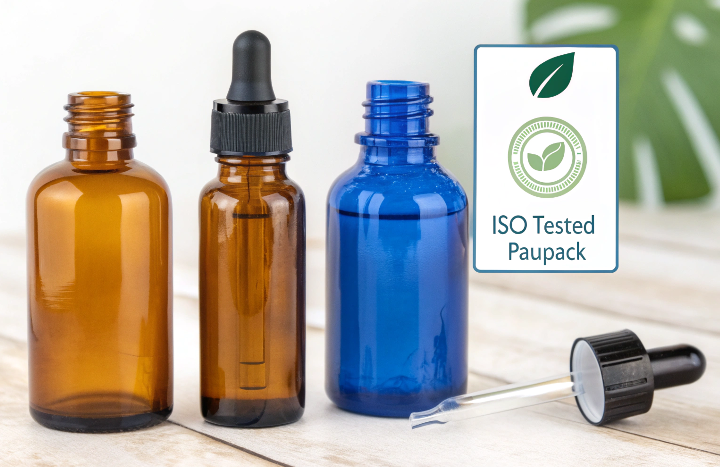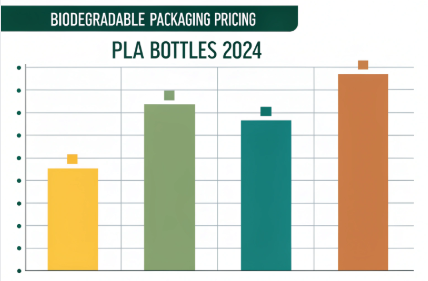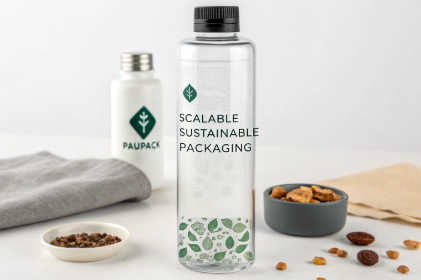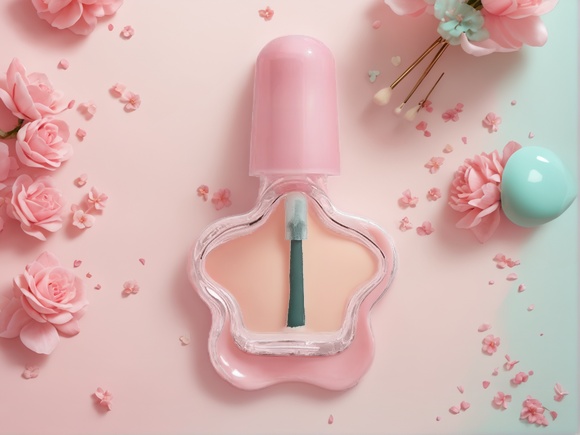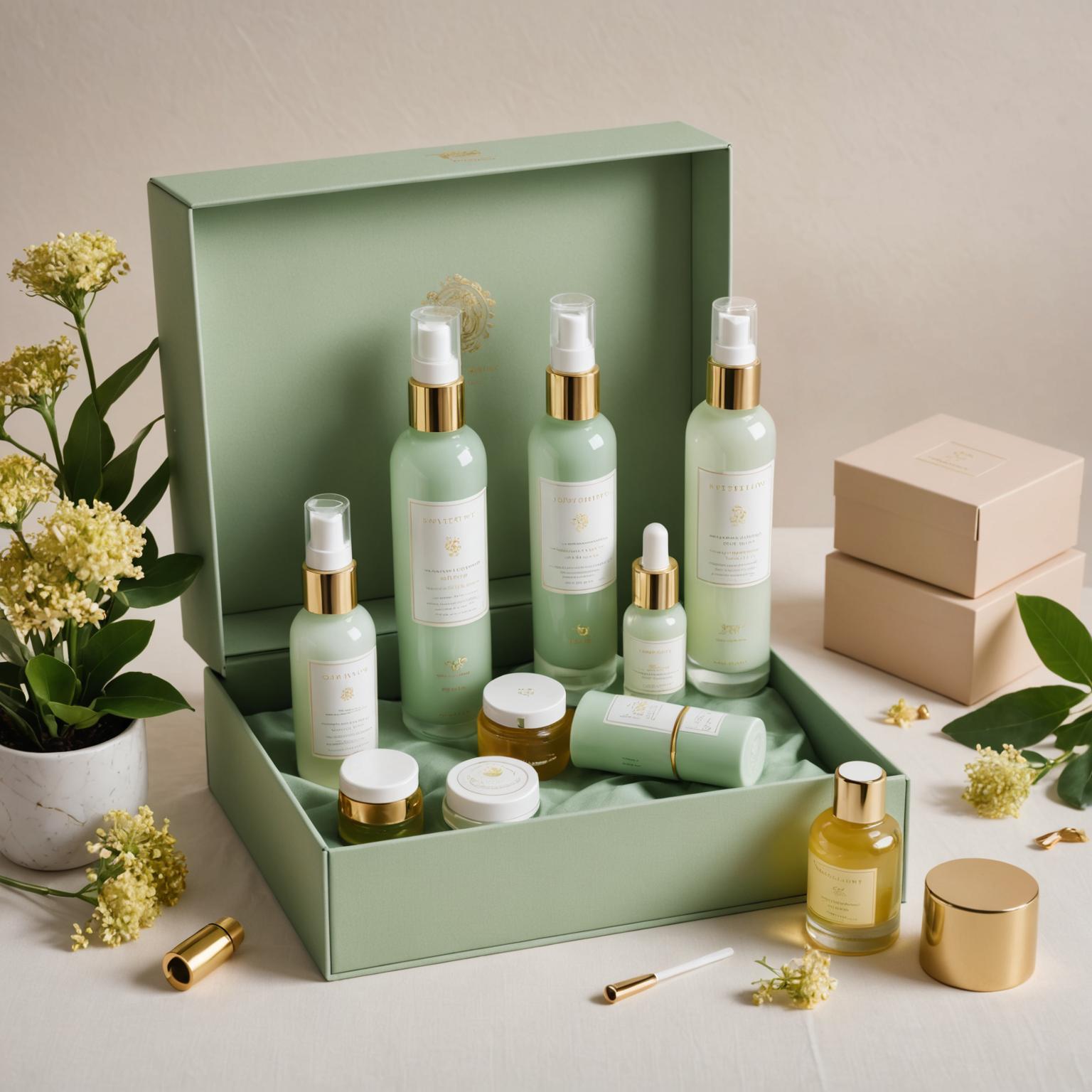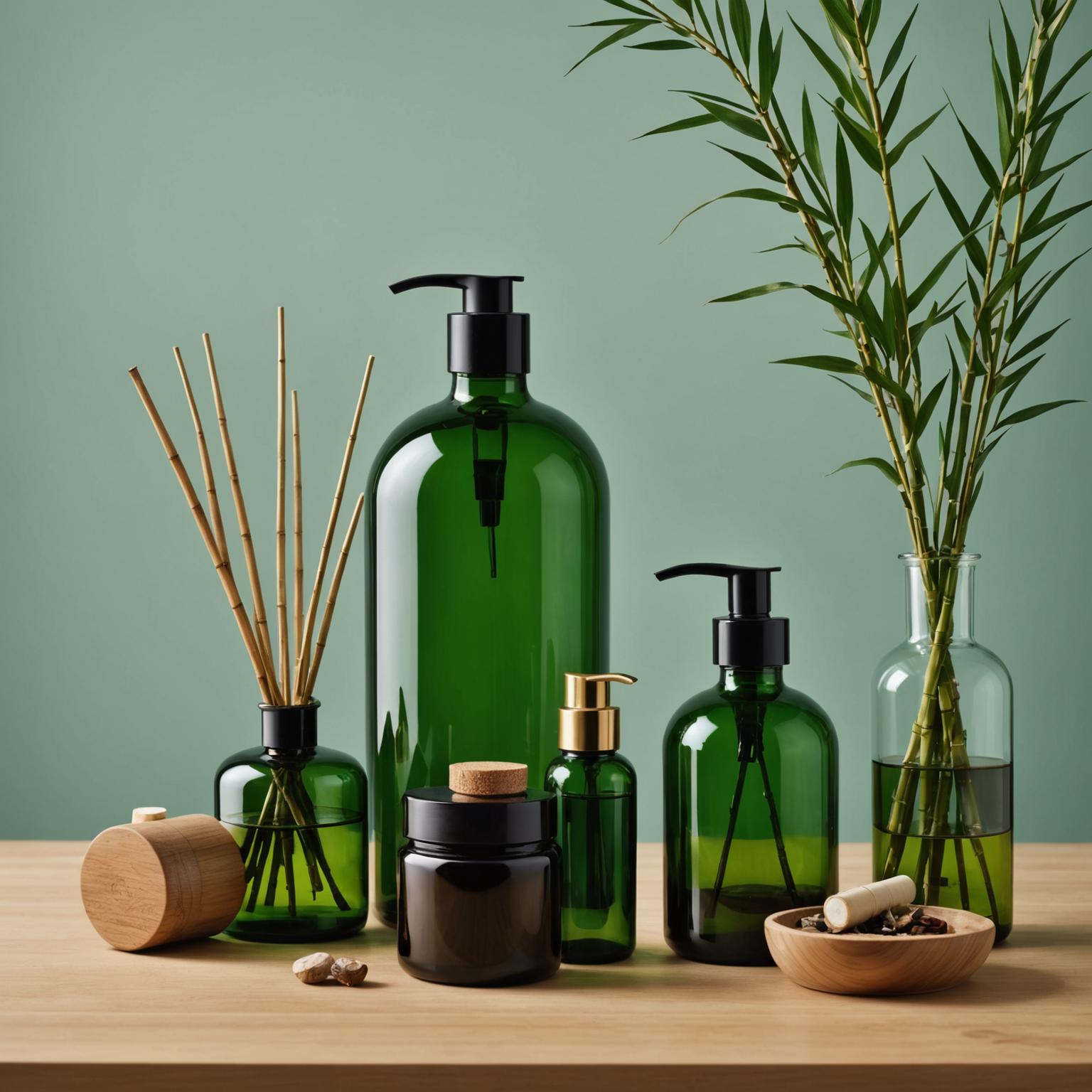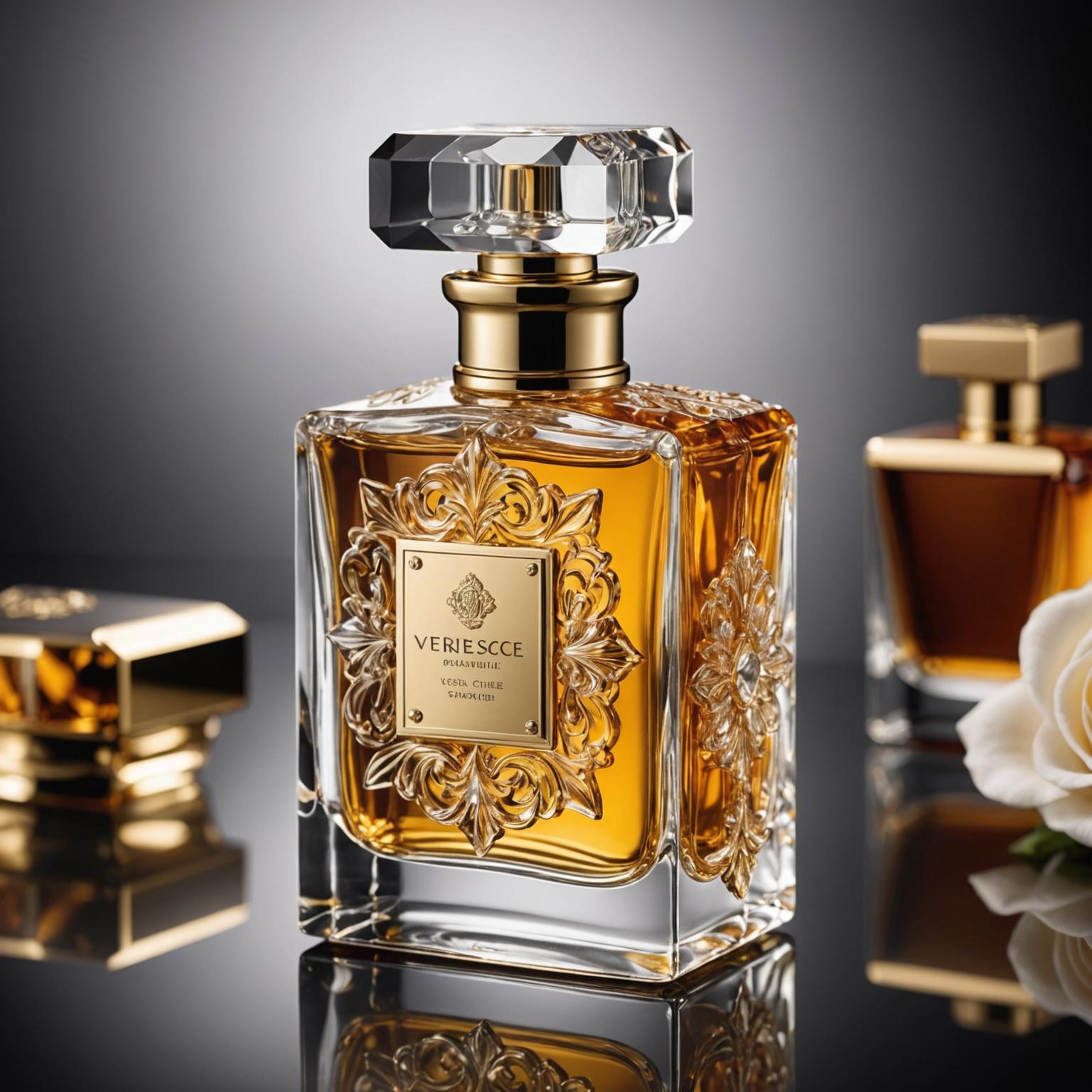Eco-friendly packaging isn’t just about values anymore—it’s about margins, scale, and strategic procurement.
In 2024, PLA (polylactic acid) bottles have become a cost-accessible option for brands seeking sustainable packaging. Volume size plays a critical role in determining per-unit pricing and production efficiency.
Here’s how biodegradable PLA bottle costs break down by volume—and how to source smarter.
What Are PLA Bottles and Why Are They a Popular Eco Alternative in 2024?
Biodegradable packaging has moved from niche to necessary.
PLA bottles, made from corn starch or sugarcane, are compostable under industrial conditions and offer a renewable alternative to petroleum-based plastics—now embraced by beauty, wellness, and food industries worldwide.
PLA Bottle Advantages
| Feature | Benefit |
|---|---|
| Plant-based resin | Renewable, non-toxic |
| Compostable | Industrial biodegradability |
| Safe for skin-contact formulas | Common in skincare and serums |
| Printable and brandable | Accepts silk screen, laser, foil |
| Replaces PET/HDPE | Similar rigidity, clearer lifecycle story |
At PauPack, we offer PLA bottles in capacities from 5ml to 250ml with optional PCR or bamboo-lid hybrids, giving brands flexibility without compromising sustainability.
How Does Bottle Volume Affect PLA Material Cost and Manufacturing Efficiency?
The size of the bottle changes more than just the product look—it directly impacts resin usage, cycle time, and tooling ROI.
Smaller PLA bottles (5ml–15ml) cost more per ml due to higher mold complexity and slower production cycles, while medium formats (30ml–100ml) offer the best balance between branding impact and cost-efficiency.
Size vs. Efficiency Breakdown
| Volume | Material Usage | Mold Cycle Time | Unit Complexity |
|---|---|---|---|
| 5ml–15ml | Low | Slower due to small cavities | Higher per-unit cost |
| 30ml–60ml | Moderate | Optimal cycle time | Best cost-performance |
| 100ml–250ml | High | Faster fill rate, more resin | Lower cost per ml, higher shipping weight |
PauPack helps buyers plan around mold run efficiency and scale advantages—for example, combining 30ml and 60ml formats into one production window for better yield.
What Is the Average Unit Cost of PLA Bottles by Size in 2024?
Prices have stabilized in 2024 due to resin supply improvements and broader adoption in B2B packaging supply chains.
As of Q1 2024, PLA bottles range from $0.18 to $0.42 per unit depending on volume, wall thickness, decoration, and closure style.
2024 PLA Bottle Cost Reference
| Volume | Stock Bottle Price (Plain) | With Decoration (1-color print) |
|---|---|---|
| 10ml | $0.28–$0.34 | $0.38–$0.45 |
| 30ml | $0.22–$0.29 | $0.32–$0.40 |
| 60ml | $0.20–$0.26 | $0.30–$0.37 |
| 100ml | $0.18–$0.24 | $0.28–$0.36 |
| Custom Shape + Print | +15–25% | Based on complexity |
At PauPack, we offer free quotes with price modeling by volume, print method, and MOQ—so buyers can adjust design while staying within budget.
How Can Bulk Buyers Optimize Cost When Sourcing Biodegradable Bottles?
Eco-packaging doesn't have to come at a premium—if you plan around volume and decoration strategy.
Bulk buyers can reduce cost-per-unit by batching volumes, simplifying printing, and selecting bottle shapes that use less material or faster tooling.
Cost Optimization Tips
-
Bundle Sizes: Order 30ml + 60ml bottles together for production savings
-
Use Single-Color Print: Avoid foil or multi-pass decoration for low MOQ
-
Stock Molds First: Custom molds add 20–30 days and upfront tooling fees
-
Plan for Refill Programs: Increase reorder cycles, reduce total cost per ml
-
Choose Cap-Free Options: Some brands ship PLA bottles with refillable pouches or inserts
We work with subscription skincare brands and wellness startups to lock in flexible pricing over 3-month production schedules—especially for product launches.
How PauPack Offers Transparent, Scalable Pricing for Sustainable Packaging?
Cost visibility is critical—especially for newer brands testing biodegradable formats.
PauPack provides full-scope support for PLA bottle sourcing, from cost planning and design to compliance, documentation, and global fulfillment.
Our PLA Bottle Services
-
FDA-compliant, ISO-certified PLA materials
-
Resin traceability + MSDS documentation
-
Transparent pricing by volume, mold, and decoration
-
MOQ from 1,000 pcs for trial runs or gift sets
-
Design guidance for brand-aligned eco formats
-
Shipping support (DDP, air/sea, bonded warehouse)
Whether you’re launching a 10ml sample set or scaling a 100ml flagship SKU, we help you make sustainable packaging profitable.

How PLA Bottle Pricing Compares to PET and Glass in 2024?
Sustainability matters—but so does your margin.
Compared to PET and glass, PLA bottles in 2024 are priced higher than PET but lower than premium glass containers. Their growing cost competitiveness makes them ideal for eco-conscious mid-tier brands.
Material Cost Benchmark (Per 30ml Bottle)
| Material | Average Unit Cost | Notes |
|---|---|---|
| PLA | $0.22–$0.29 | Compostable, plant-based |
| PET | $0.13–$0.19 | Widely available, recyclable |
| Glass | $0.25–$0.38 | Premium, heavy, fragile |
At PauPack, we help brands determine when PLA is more cost-effective—especially for refill programs, wellness products, or starter kits where breakage risk and shipping weight are key concerns.
What Factors Are Driving PLA Material Cost Trends This Year?
PLA costs are influenced by more than just raw corn starch.
In 2024, global PLA resin pricing is shaped by supply chain access, demand from the food packaging sector, and production scaling by Asian and EU manufacturers.
Key PLA Cost Drivers
| Factor | Impact |
|---|---|
| Resin Supply | More stable with new bioplastic plants in Southeast Asia |
| Global Demand | Surge in EU compostable packaging laws drives up baseline |
| Energy Prices | Lower in 2024, easing manufacturing costs |
| Trade Routes | Fewer delays in sea freight lowers landed cost per unit |
| Customization | Colored or printed PLA raises cost by 10–20% |
PauPack sources PLA from certified suppliers in Thailand and China, leveraging multi-plant procurement to keep prices stable even during seasonal demand spikes.
Should Brands Use Uniform or Mixed Bottle Sizes for Better Cost Control?
Size diversity offers customer value—but at a cost.
In most cases, using a uniform bottle size (e.g., 30ml only) reduces tooling, inventory, and printing costs. However, mixed volumes (like 10ml + 60ml) allow for pricing tiers and product bundling.
Size Strategy Cost Tradeoffs
| Strategy | Benefit | Consideration |
|---|---|---|
| Uniform Size | Lower per-unit and mold costs | Less visual/product variety |
| Mixed Sizes | Better brand storytelling, gift sets | Higher MOQ per SKU |
| Stackable Sizes | Storage + refill model | Requires smart packaging layout |
PauPack supports dual-volume launches (like 10ml samples + 30ml retail sizes) by combining production runs with shared caps and labeling templates—saving both time and cost.
How Do PLA Bottle Prices Vary by Region and Shipping Method?
Shipping PLA bottles internationally? Expect variation not just in duties—but also in freight efficiency.
PLA bottle cost-per-unit can increase 15–25% depending on delivery region and shipping mode, especially for air shipments of larger volumes like 100ml+.
Example: Cost Adjustment by Region (30ml Bottle)
| Region | Shipping Mode | Delivered Cost per Bottle |
|---|---|---|
| USA (West Coast) | Sea (LCL) | $0.29–$0.33 |
| Europe (Germany) | Sea (FCL) | $0.26–$0.31 |
| Australia | Air | $0.36–$0.42 |
| Canada | Express Courier | $0.40–$0.48 |
We provide landed cost projections with DDP options in the US/EU, helping clients compare per-unit costs with real-time freight and duty included.
How PauPack Supports Global Buyers with Flexible Volume-Based Pricing?
PLA procurement isn’t just about what’s cheapest—it’s about what scales smartly.
PauPack offers tailored pricing models based on bottle size, order volume, and decoration needs—supporting brands from 1,000-piece trial orders to 100,000-unit global launches.
Our PLA Sourcing Advantages
-
Volume pricing for 10ml–250ml bottles
-
Split-size runs (e.g., 10ml + 30ml) in one production slot
-
Decoration add-ons: silkscreen, hot foil, laser
-
Full compliance: FDA, MSDS, EN13432
-
Regional shipping plans: DDP, bonded, air-sea combo
-
Material R&D for PLA blends with PCR and bamboo additives
Whether you're cost-testing a new clean beauty SKU or scaling an international refill model, PauPack ensures your PLA bottle strategy is both planet-positive and profit-friendly.
Conclusion
In 2024, PLA bottles offer a strong middle ground—greener than PET, lighter than glass, and now priced competitively by volume. With PauPack, you can price, ship, and scale your sustainable packaging with confidence.




